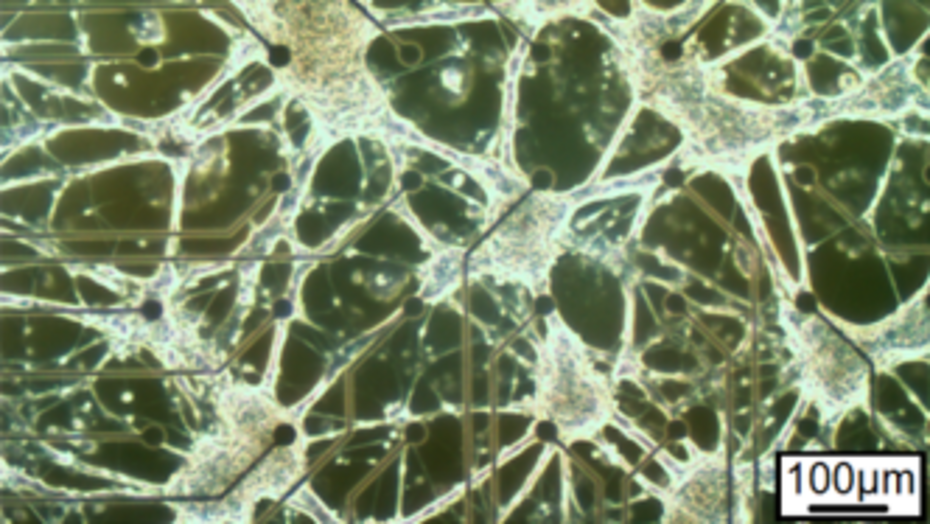
MEAplusNano: High Throughput Perfusion Microelectrode Array
The microelectrode array (MEA) is a promising tool for the investigation of drugs and toxins on excitable cell networks, e.g. neurons or cardiomyocytes. Nevertheless, these cells have to be cultivated for up to three weeks on the MEA surface before stable signals can be recorded. This restricts the usage of the MEA for other measurements and promotes the abrasion of the chip by a continuous degradation of the insulation through the culture medium. To overcome these limitations, the goal of the project is to separate the cultivation from the proper measurement by using an upside-down approach: First, the cells are cultivated on a microstructured coverslip. Second, the coverslip with the cultivated cells is turned upside down and pressed on the MEA to allow signal recordings. Moreover, by applying a microfluidic perfusion system the measurement can be parallelized to generate a high throughput. Additionally, the MEA electrodes are optimized by nanostructures to improve the quality of the recorded signal
Project manager
Contact persons
Details
BMFTR